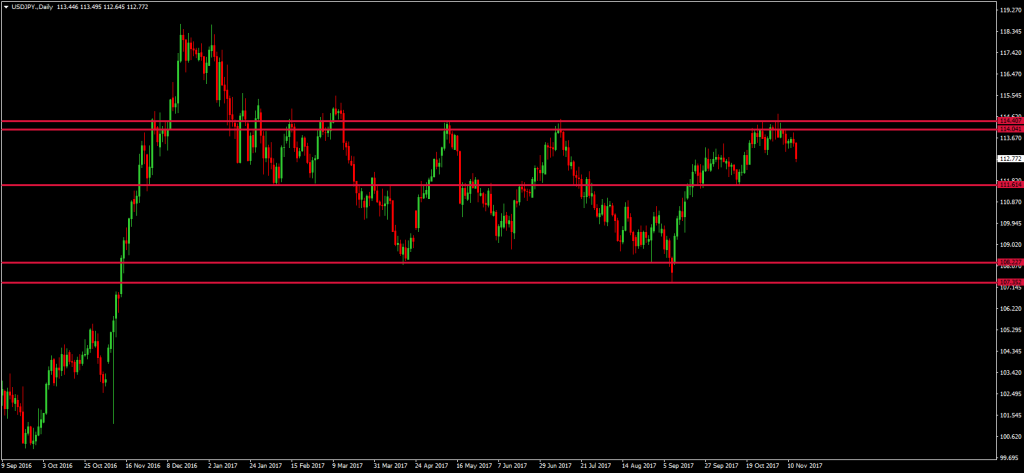Japanese GDP Boosts JPY
JPY was stronger over the European morning following the latest data, realized overnight, which showed that Japanese GDP grew 0.3% over Q3. The increase is a result of a 0.5% positive contribution from net exports and a 0.2% negative contribution from domestic demand. Real private consumption decline, in line with expectations, after rising in Q2 while real exports showed solid growth after an adjustment in Q2.

The fall in private consumption, which was a sharp 0.5%, was mostly in reaction to the 0.7% increase seen over Q2. This reflects continued growth in non-durable spending and semi-durable alongside the first decline in durables spending in seven quarters. Services spending also fell for the first time in six quarters.
Looking at other areas of domestic demand, private capital expenditure rose 0.2% quarter on quarter, marking its fourth consecutive quarterly gain while housing investment fell for the first time in seven quarters. Considering the improvement in consumer sentiment and stronger overseas demand, both private real consumption and exports are expected to increase over Q4.
Technical Perspective

USDJPY continues to trade within the broad 107s to 114s range which has framed price action over much of the year. After another attempt recently at breaking the topside of the range, the price has since reversed and fallen lower. The next key support level for USDJPY will be the 111.60s area which was the October low. If price holds this level, we are likely to see a further run to the topside.
Weak Wage Data Exacerbates RBA’s Concerns
AUD was under pressure over the European morning as the latest data showed that wage growth remains weak in the country. Despite a rise in the minimum wage, overall wages increased just 0.5% quarter on quarter, and 2% year over year.
Private sector wage growth is sitting at around 1.9% year over year with weakness fuelled mainly by the mining sector. However, an improvement has been noted in manufacturing, industrial, financial and business service sectors. Wage growth was also seen rising in public administration and social sectors through wage growth in retail trade has continued to weaken as online retailers continue to gain market share.











Leave A Comment